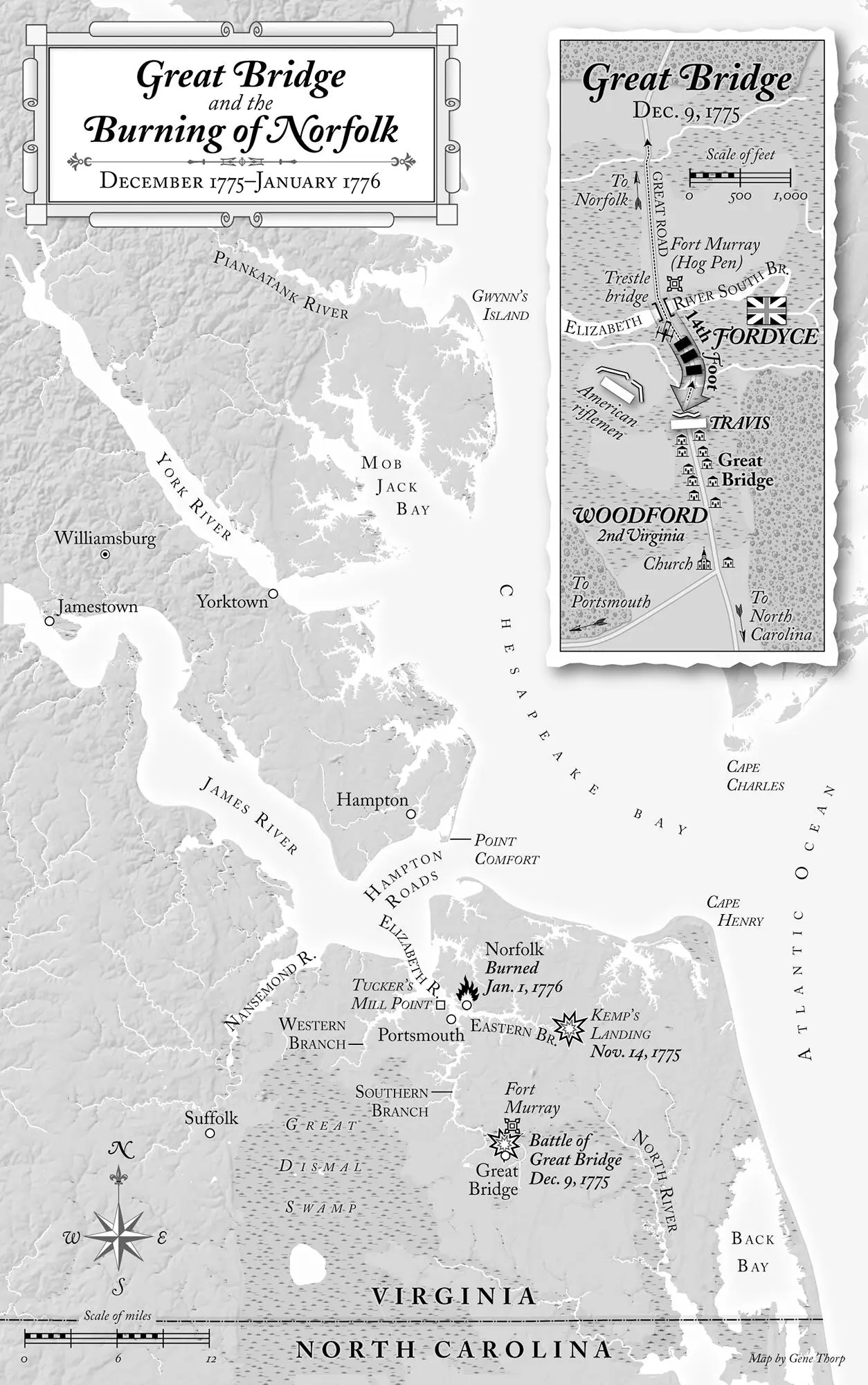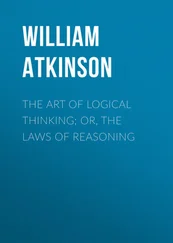The Virginia Gazette urged slaves to “obey your masters … and expect a better condition in the next world.” Another, more sinister article warned, “Whether we suffer or not, if you desert us, you most certainly will.” A British official in Annapolis wrote, “This measure of emancipating the Negroes has excited a universal ferment, and will, I apprehend, greatly strengthen the general confederacy.” “Devil Dunmore” was vilified as “that ignoramus Negro-thief.” Had the British “searched through the world for a person the best fitted to ruin their cause,” wrote Richard Henry Lee, “they could not have found a more complete agent than Lord Dunmore.”
No slave master was more incensed than General Washington. “That arch traitor to the rights of humanity, Lord Dunmore, should be instantly crushed, if it takes the force of the whole colony to do it,” he wrote. In another outburst from Cambridge, Washington told Lee, “Nothing less than depriving him of life or liberty will secure peace in Virginia.” Otherwise, the governor “will become the most formidable enemy America has.”
A chance to confront the “Negro-thief” soon occurred twelve miles south of Norfolk at Great Bridge, on the rutted road from Carolina. Here two-wheeled carts brought cypress shingles and barreled turpentine from the Great Dismal Swamp, and drovers guided their flocks and herds to Tidewater slaughterhouses. A hamlet of twenty structures dominated by a church stood near the south branch of the Elizabeth River, which was spanned by a trestle bridge forty yards long and approached by long plank causeways through the marshlands. “Nine-tenths of the people are Tories,” one Virginian reported, “who are the poorest, miserable wretches I ever saw.” Just north of this settlement, Dunmore, exhbiting what a later commentator called “his characteristic unwisdom,” had built an earthen fort with two 4-pounders to command the bridge and a wooden stockade to house a garrison of a hundred regulars and Ethiopians. He named the fort for himself, but rebel shirtmen called it the Hog Pen.

By Friday, December 8, more than seven hundred militiamen had gathered a quarter mile south of the Hog Pen. A zigzag breastwork, seven feet high with fire steps and gun loopholes, served as their redoubt. Their numbers included the 2nd Virginia Regiment, commanded by Colonel William Woodford, a French and Indian War veteran. A Culpeper minute company carried a flag displaying a coiled rattlesnake and the motto “DON’T TREAD ON ME”; in their ranks marched a rangy, twenty-year-old lieutenant named John Marshall, who one day would be chief justice of the Supreme Court. The western riflemen typically wore deerskin trousers and leaf-dyed hunting shirts, with a buck’s tail affixed to the hat and a scalping knife sheathed on the belt. Many had “ liberty or death ” printed in large white script over their hearts, although one young rifleman admitted to preferring “ liberty or wounded .”
Skirmishers and raiding parties from both sides had exchanged potshots for a week, burning isolated houses to discourage snipers. Some rebel officers wanted to execute captured slaves but agreed to leave their fate to the convention in Williamsburg. Dunmore, who remained aboard his floating headquarters near Norfolk, may have been duped by an American deserter who claimed that the rebels had fewer than three hundred men; he may also have learned, correctly, that more rebels were en route from Williamsburg and North Carolina. The governor dispatched additional regulars to Great Bridge, along with British sailors and loyalist volunteers, bringing the force there to perhaps four hundred. With more impetuous unwisdom, he also ordered the garrison to leave the secure fort and attack the American fortifications before they could be reinforced.
At first light on Saturday, December 9, reveille drums woke the American camp only to be answered with a snicker of musketry from the northern causeway approaching the bridge. The firing at first seemed like “our usual sport—an exchange of a few morning guns,” one Virginian wrote. But moments later Colonel Woodford’s adjutant called, “Boys, stand to your arms!” Bullets whistled overhead, and sentries spotted redcoats replacing planks missing from the bridge stringers. British gunners muscled the two 4-pounders from inside the fort and lobbed several rounds toward the American lines. The damp morning thickened with shouts and smoke and the booming cannonade. Lieutenant Edward Travis led an American skirmish line of eighty militiamen to the breastwork, 160 yards below the bridge, while Woodford deployed his main force around the church a quarter mile to the south.
Through smoke and morning haze, grenadiers abruptly appeared on the causeway, six abreast in bearskin caps and red coats with buff facings. With bayonets glinting and two drums beating time, they tramped in parade order across the bridge, shoes clapping the wooden planks. At the head of the column was a tall, homely captain named Charles Fordyce, who had written a friend a week earlier that “a couple of thousand men would settle everything here in the course of this winter.” On this morning, at this place, Captain Fordyce had not a couple thousand but 120 regulars, trailed at a safe distance by a scruffy battalion of marines, sailors, volunteers, and liberty-to-slaves Ethiopians. Within fifty yards of the breastwork, Fordyce waved his hat in a gesture of encouragement and was heard to cry, “The day is our own!”
Those were his last coherent words. On order, Travis’s men rose up from behind their barricade, took aim, and fired. Lead and flame leaped from the top of the parapet to gall the British column. Fordyce fell with a bullet in the knee. Blotting at the wound with a handkerchief pulled from his cuff, he rose, hobbled forward, and fell again, a few paces from the rebel barrier; fourteen bullets would be counted in his corpse. More gunshots came from the American left, where Culpeper riflemen, Lieutenant Marshall among them, had flanked the bridge along a marsh hummock and now enfiladed the enemy column with cross fire. Volley upon volley blistered the grenadier ranks. “For God’s sake,” a voice shrieked, “do not murder us!”
The rear guard turned and pelted for the fort. Gunners spiked their 4-pounders by hammering nails into the touchholes; then they ran, too. Grenadiers dragged wounded comrades across the bridge, glancing over their shoulders; shirtmen were said to favor scalping. “We retreated with much fewer brave fellows than we took out,” a midshipman from the Otter later wrote. Breathless bodies lay scattered before the breastwork like bloody throw rugs. “They fought, bled, and died like Englishmen,” reported Captain Richard Kidder Meade of the 2nd Virginia. “Ten and twelve bullets through many. Limbs broke in two or three places. Brains turning out. Good God, what a sight!” The entire action, from reveille to retreat, had lasted half an hour, “an absurd, ridiculous & unnecessary attack,” a surviving British officer wrote home.
Thirty-three captured loyalists and reenslaved Ethiopians were handcuffed, black to white, for the march to Williamsburg jail cells. Woodford agreed to return the British dead and wounded under a truce flag. A list recorded the casualties by infirmity: “ball lodged in the leg, no fracture,” or “ball lodged in the bowels, judged mortal.” One corporal was reportedly still alive despite seventeen wounds. American losses amounted to one man nicked in the finger.
That night at seven p.m., after loading the wounded into wagons and carts, the British garrison crept from the fort and trudged toward Norfolk, five hours north. On Sunday morning, shirtmen found the Hog Pen empty but for a few axes, twenty-nine spades, eleven pairs of shoes, a pair of snuff boxes, and dead grenadiers, now stiff and stripped of their coats and waistcoats. Dunmore’s report to London would list seventeen killed and forty-nine wounded, but that excluded blacks and loyalists, who brought the total casualties to more than a hundred.
Читать дальше













